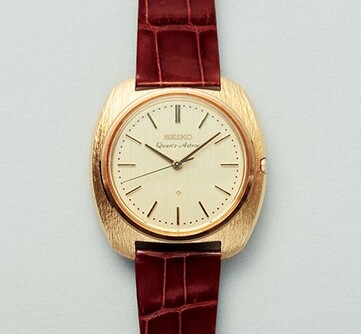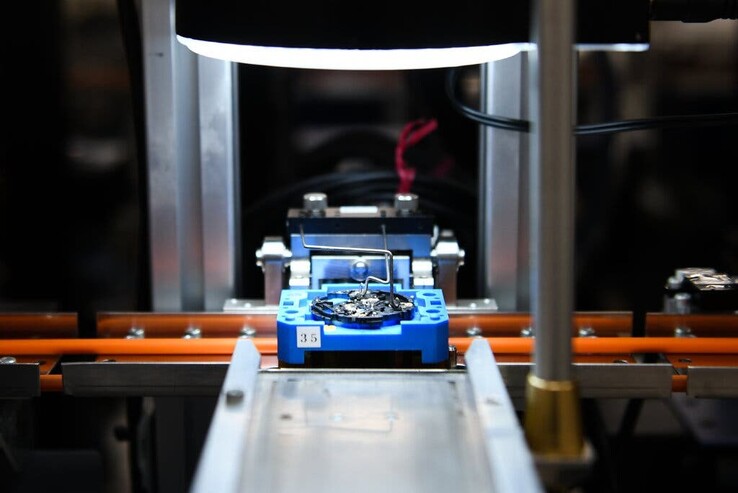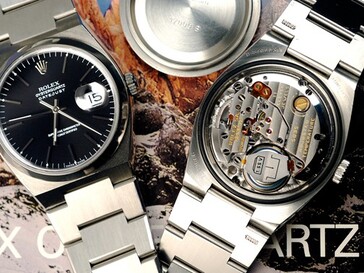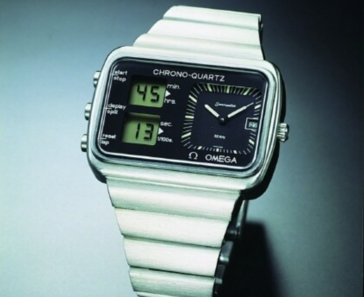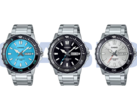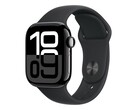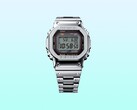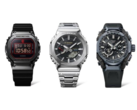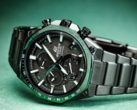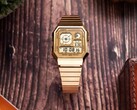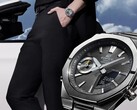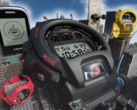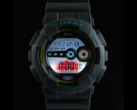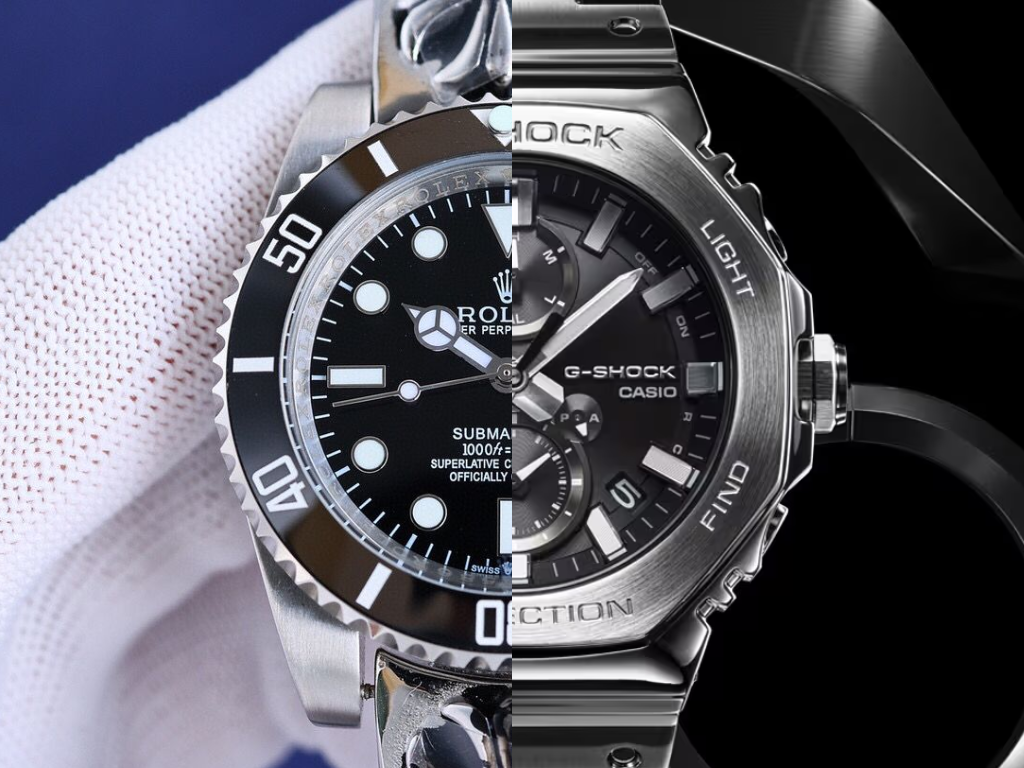
Quartz revolution 2.0: How Casio helped kill (and revive) mechanical watches
CheckMag
Casio didn’t just shake up the watch industry—it flipped it on its head. By making quartz watches cheap, reliable, and nearly indestructible, it pushed Swiss brands to the brink. But ironically, that same disruption helped mechanical watches find new life as luxury icons.Anubhav Sharma 👁 Published 🇵🇱 🇷🇺 ...
The 1970s saw a seismic shift in the watch industry with the rise of quartz tech, commonly known as the "Quartz Revolution". Traditional Swiss watchmakers, which are known for their mechanical craftsmanship, were suddenly challenged by affordable, highly accurate quartz watches. Casio, which is a major player in this revolution, helped redefine the industry - first by accelerating the decline of mechanical watches and later, indirectly, by contributing to their revival.
How Casio disrupted the industry
Mechanical watches rely on gears and springs, while quartz watches use electronic oscillators regulated by quartz crystals to keep time. The result? Quartz watches are far more accurate, reliable, and way cheaper to produce than mechanical ones.
To recap, Seiko launched the world’s first quartz watch in 1969, but it was Casio that popularized digital quartz watches in the 1970s and 80s. The Casiotron (1974) was one of the first mass-market digital watches, featuring an automatic calendar - an innovation unheard of in traditional timepieces. Casio quickly followed with feature-packed, ultra-affordable models to strengthen its position in the market.
Casio’s G-Shock series (1983) became another game-changer. G-Shocks appealed to fans of outdoor activities, athletes, and even military personnel. The rugged, affordable nature of these watches made them an instant success, which also helped push mechanical watches out of the mainstream - so much so that by the 1980s, quartz watches dominated the market. This reduced the demand for mechanical watches and nearly crashed the Swiss watch industry.
The Swiss Quartz crisis
Switzerland had been the center of fine watchmaking for centuries, but the rise of quartz watches led to a steep decline in demand for mechanical timepieces. Between 1970 and 1983, the number of Swiss watchmakers dropped from 1,600 to just 600, and mechanical watch sales fell by more than 50%. Established brands like Omega, Tissot, and Longines were struggling, while smaller brands vanished altogether.
In response, Swiss companies reluctantly adopted quartz technology but were still unable to compete with Japanese brands on price. By 1983, Switzerland’s two largest watch conglomerates, ASUAG and SSIH (which included Omega), merged to form what would later become the Swatch Group. This helped stabilize the industry to an extent.
Since we're talking about both quartz and mechanical watches, let's see what the major differences between these two are:
- Accuracy: Quartz watches are far more precise, deviating by only a few seconds per month, while mechanical watches can drift several seconds per day.
- Affordability: Mechanical watches require meticulous craftsmanship and cost significantly more than mass-produced quartz watches
- Maintenance: A quartz watch runs for years on a single battery, while mechanical watches need regular servicing and winding
- Durability: Quartz watches - especially G-Shocks - are built to withstand extreme conditions, whereas mechanical watches require careful handling.
How Casio indirectly facilitated the comeback of mechanical watches
By the 1990s, mechanical watches were being rebranded as luxury items rather than everyday timepieces. Swiss watchmakers embraced their history and the art of traditional watchmaking. Luxury brands such as Rolex, Omega, and Patek Philippe repositioned their mechanical watches as heirlooms and status symbols. Some even integrated quartz tech into hybrid models.
Interestingly, Casio’s dominance in the quartz market played a role in this revival. By monopolizing the affordable and functional watch segment, Casio (and other quartz brands) freed Swiss brands to focus on high-end mechanical watches. Casio’s rugged G-Shocks created a new market for “tool watches,” influencing the design of high-end sports watches like the Rolex Explorer and Omega Seamaster. As the market for affordable watches leaned toward quartz, Swiss brands found newfound success in catering to collectors and enthusiasts who valued the craftsmanship of mechanical watches.
Even high-end watchmakers felt the impact of the "Quartz Revolution" and had to adapt:
- Rolex: In the 1970s, Rolex developed the Oysterquartz, a rare quartz-powered Rolex designed to compete with Japanese quartz watches. While discontinued, it is still a collector’s item today.
- Omega: Omega was among the first Swiss brands to experiment with quartz, launching the Marine Chronometer and Chrono-Quartz in the 1970s.
- Patek Philippe & Audemars Piguet: Even ultra-luxury brands briefly produced quartz models in response to market pressure before returning to their mechanical roots.
The modern landscape: Quartz and mechanical watches coexist
Today, the watch industry has found a balance. Quartz remains the standard for everyday and budget-friendly watches, while mechanical watches are thriving in the luxury segment.
Casio continues to be one of the biggest names in the quartz market, with monikers like G-Shock, ProTrek, and Edifice offering practical, durable, and affordable options. Meanwhile, Rolex, Omega, and other Swiss brands have cemented their place in the high-end mechanical watch space.
Despite the rise of smartwatches, mechanical timepieces have retained their appeal, which does prove one thing - watch collecting is about more than just timekeeping - it’s also about tradition, heritage, and artistry. But it's undeniable that Casio democratized timekeeping for the masses and, in doing so, pushed mechanical watches into a new era of appreciation.
Buy the Casio MTP-VD01D-2BVCF Men's stainless-steel watch on Amazon.




